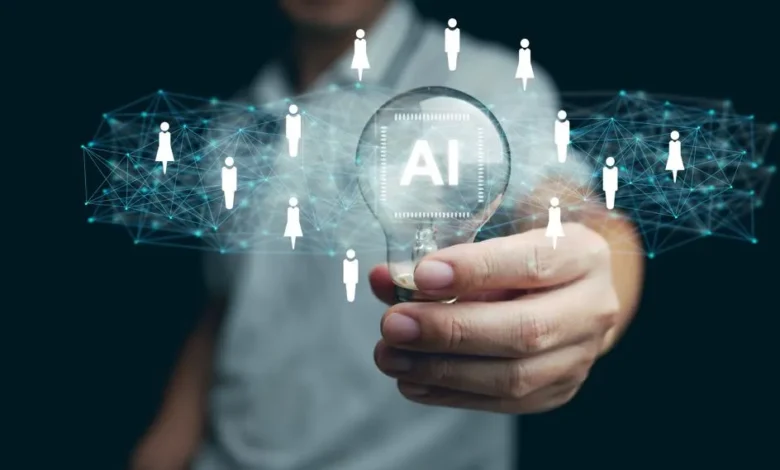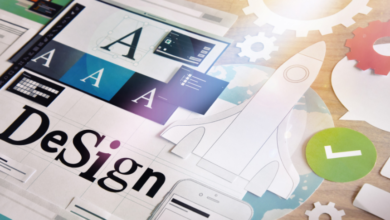Rethinking Strategic Workforce Audiometric Testing Investments in Australia

In Australia’s industrial and construction sectors, noise exposure has been an issue for compliance—merely something to monitor and mitigate to avoid regulatory thresholds. Now that workplace wellbeing and workforce sustainability are at the forefront of business strategy, audiometric testing and noise assessment are evolving. No longer just a health and safety compliance issue, these measures are being leveraged for workforce retention, productivity, and brand integrity.
This shift requires a perspective that considers hearing conservation a proactive investment in human capital, instead of a reactive measure.
Anthropological Indicators and Noise in the Workforce
For many Australian workers, noise exceeds the threshold of being a nuisance; it’s an anthropological cue. In many industries, excessive noise signals the presence of ineffective communication, safety management, a hurried pace of work, and a myriad of other issues. When strategically applied, audiometric testing exposes the inner workings of such organisational mysteries.
Businesses that look toward the future seem to be pondering the following questions:
– What does our noise profile indicate about our culture?
– Are we creating spaces that prioritize employee wellbeing for the years to come?
– What audiometric data can we collect to inform WHS and ESG policies?
This shift in thinking reframes noise assessment as a diagnostic evaluation which focuses on the productivity versus the level of care a business practices.
See also: Ways SINTRONES’ NVIDIA Jetson AGX Orin Revolutionizes Smart Traffic Technology
Audiometric Testing as Workforce Intelligence
With the ever growing skilled labour shortage across Australia’s mining, logistics, and manufacturing industry, retaining workers is a priority. Audiometric testing is now more than a compliance box to check. It serves as a diagnostic tool that can provide historical data on a workforce’s health, resilience, and risk factors.
When combined with workforce planning, biometrics can help to:
– Prevent injuries by identifying high-risk roles or environments.
– Improve the design and placement of PPE and engineering controls based on actual exposure.
– Optimize and design jobs and shift rotation to lessen the cumulative impact work has on a person’s health.
This unlocks the value of hearing tests beyond an annual obligation, transforming them to serve as strategic workforce intelligence that enhances safety and strengthens the company’s sustainability goals.
Noise Assessment as a Design Tool
Designing workplaces to enhance productivity by ergonomics and acoustic noise reduction are gaining traction among Australian businesses. Moreover, noise assessment is vital not only for hazard identification, but also for enabling businesses to create noise-sensitive spaces that foster focus, collaboration, and overall wellbeing.
Strategic noise assessments can guide:
– Equipment placement and workflow design to exposure
– Selection of ambient noise reduction materials and barriers
– Development of break and quiet zone policies
This approach also integrates with overarching workplace wellbeing and ESG reporting. It demonstrates that businesses are moving beyond compliance towards optimised environments where individuals and teams can truly thrive.
ESG and Hearing Health: The Overlooked Connection
In ESG-conscious Australia, workplace health and sound safety are increasingly viewed as a social responsibility. But, for some reason, hearing conservation is rarely mentioned in sustainability reports or communications with stakeholders. This is a missed opportunity.
Audiometric testing and noise assessment can ESG narratives by:
– Expressing responsive care for worker wellbeing
– Offering quantifiable metrics for WHS effectiveness
– Supporting social impact objectives on inclusivity and long-term health
Business, in turn, can enhance their social credentials and distinguish themselves in a competitive Australia market by incorporating hearing health in ESG frameworks.
Transforming Preventive Systems from Reactive Frameworks
The WHS safety compliance issue auditing procedures exposes that many WHS systems are safety compliance reactive. WHS Audiometric testing, for example, is only done after an employee has been exposed to loud noise, and even then, there is little to no strategic follow-up. With preventive systems, WHS safety systems drive WHS Audiometric testing with preventive safety systems.
– Tracking and analysing audiometric data over time using digital systems
– Noise exposure data to determine risk exposure in real time through noise exposure integration
Digitally automated audiometric systems that simultaneously assess noise exposure in real time with risk profiling don’t just ensure compliance to hearing WHS. They prevent compliance burnout by building organisational resilience.
Noise and Hearing Conservation in Australian Workplaces
Thinking about workplace noise and hearing health needs to evolve in tandem with the digital transformation of Australian workplaces. WHS Compliance data digitization through WHS audiometric testing and noise exposure assessment should no longer viewed as technical exercises in compliance, but rather as safety strategic enablers to building smarter, safer, and more sustainable organisations.
These businesses will also retain talent better and embrace ESG targets, improve workplace cultures, foster care, and be more socially responsible. They will no longer be trapped in minimum threshold compliance and will drive impact.
Hearing conservation is not about noise. It is about listening to what the workplace is telling leaders.



